What is direct primary care? An alternative form of health care avoids insurance altogether
This article was originally published on Yahoo Finance.
As Americans grapple with a health care system that costs $10,000 per person annually, a form of health care that avoids the insurance system — known as direct primary care — is starting to become an alternative option.
The American Academy of Family Physicians defines direct primary care as giving “family physicians a meaningful alternative to fee-for-service insurance billing, typically by charging patients a monthly, quarterly, or annual fee. This fee covers all or most primary care services including clinical and laboratory services, consultative services, care coordination, and comprehensive care management.”
The model aims to simplify the system for both health care professionals and patients.
“We have significant bottlenecks and barriers in health care both on the provider side as well as the patient side,” Dr. Akash Goel, a gastroenterologist at Weill Cornell/New York-Presbyterian Hospital, told Yahoo Finance.
“So from a provider perspective,” Goel explained, “people are rightly frustrated because they're overburdened with [a high number of patients], short patient visits, unsatisfactory timelines to interact with patients, pressure from billing and external pressures that I think are on physicians that make the experience somewhat unsatisfactory.”
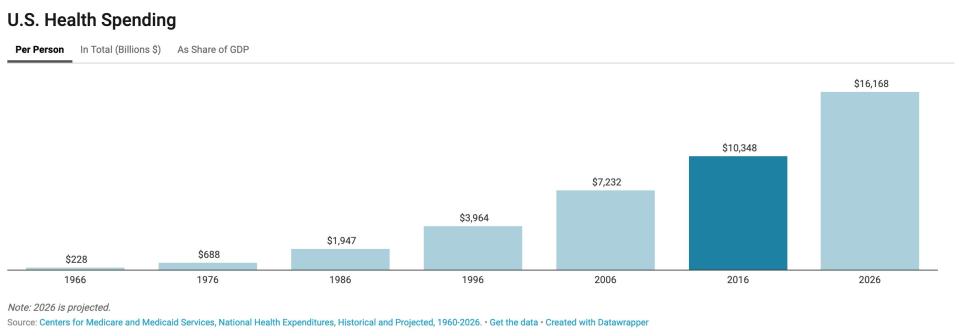
From a patient perspective, “people have insurance, but they're paying a lot for it,” Goel said. “The average person is spending somewhere in the range of $10,000 a year on health care, and they have high-deductible plans, so you have health insurance, but you don't necessarily get to use it because of the high deductibles or you have to pay out-of-pocket for it.”
The direct primary care model is “a little bit more streamlined in terms of receiving your health care,” according to Goel, partly because it limits the number of patients doctors are seeing and gives patients the option to avoid costly insurance plans.
‘We believe the system is broken’
Surgeries handled through the direct primary care method involve patients being able to see the total price for an operation and find a specialist for that price.
At the Surgery Center of Oklahoma, patients do exactly that. They choose surgeries at specific prices and pay a flat rate up front, with no insurance involved. The center was started by anesthesiologists Keith Smith and Steven Lantier. After years practicing medicine, they felt growing “frustration” with the health care system.
“We both started despising what was going on financially with the patients,” Lantier told Yahoo Finance (video above). “Because when you look at the bankruptcy statistics — medical bankruptcies for patients now — it’s egregious. The average American cannot afford health care today, so we believe the system is broken.”
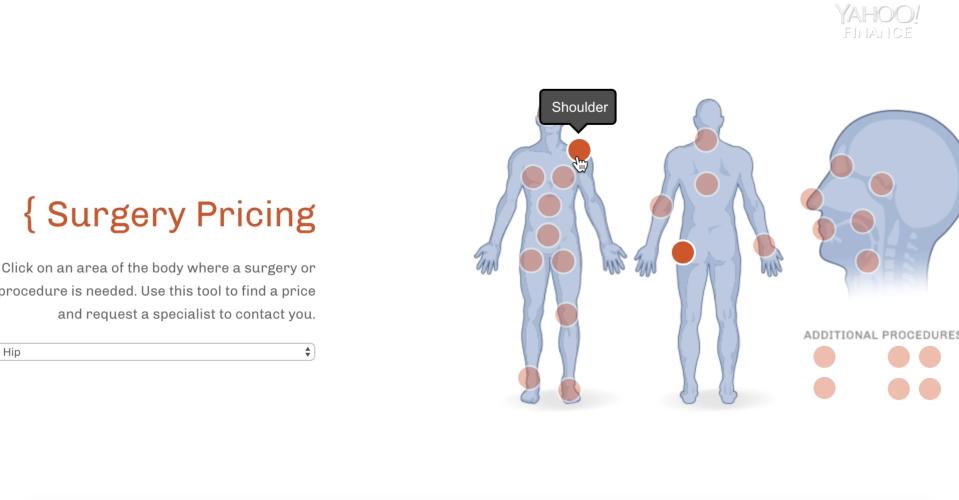
‘The reason we could put it online is because we don’t take federal money’
The Surgery Center of Oklahoma’s website allows potential patients to look up price quotes for all kinds of surgeries. Individuals simply have to click on the area of the body where they would need a surgery or a procedure done, find the exact name of the procedure, and a price is generated. From there, an option appears to request a specialist for further details.
“We took all of the numbers, added them up, then added about a 10 or 15% margin to all of that, and that’s the price we put it online,” Lantier explained. “The reason we could put it online is because we don’t take federal money. If we took any federal money — Medicare or Medicaid — we couldn’t do that.”
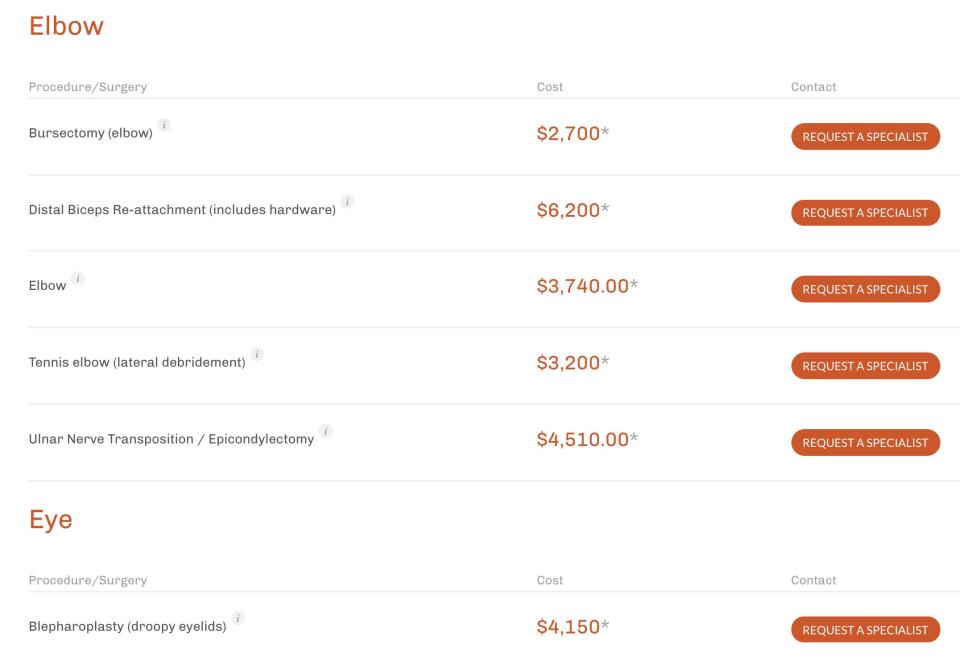
Lantier and Smith stressed the importance of price transparency at their establishment. Their website states “fees for the surgeon, anesthesiologist, and facility are all included in one low price. There are no hidden costs, charges, or surprises.”
They don’t disagree with insurance in theory but choose to avoid it in practice.
“There will always be some uncertainty in the delivery of something like a medical service,” Smith said. “And for that, I believe insurance has a role. But our idea is that patients really should know how much they’re going to pay for what they’re going to receive, and receiving quality care and not being bankrupted to receive it just seems like a good model to us.”
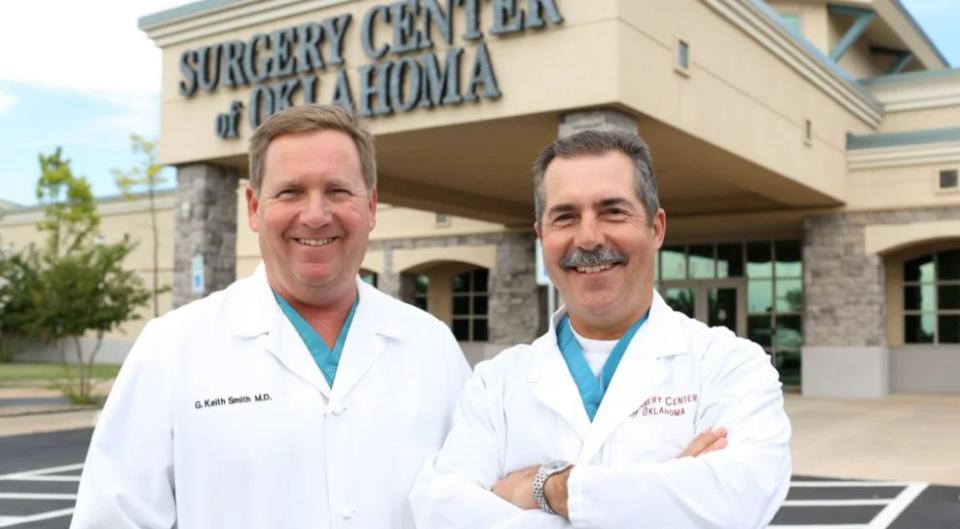
‘Match this or I am going to go to Oklahoma City’
Smith and Lantier have received patients from all around the world and notably from Canada, where there is socialized health care.
“The most common story of a Canadian was a female who needed a hysterectomy that was in a line that was three years long,” Smith said. “They were tired of getting blood transfusions, so they would come to our facility, pay our all-inclusive price, get their surgery, and be done.”
Sometimes, potential patients use their prices as leverage with other hospitals.
“We’ve also had people that were going to travel here, but instead printed out our pricing, held it up, and showed it to their local hospital administrator and said, ‘Match this or I am going to go to Oklahoma City,’” Smith said. “So, there’s a bit of a price war and some price matching that’s gone on through the years, and patients have been kind enough to send me an email and notify me about how much money we’ve saved them even when we haven’t performed the procedure.”
Overall, while this model won’t work for everyone — particularly people happy with their insurance — direct primary care has become a potential alternative at a time when health care is the top concern among Americans.
Direct primary care “is a great option for docs and patients with high deductibles,” Evolution Healthcare Consulting President Susan Childs told the Medical Group Management Association (MGMA). “Doctors are choosing a lifestyle of seeing patients the way they want to.”

‘They’re just not scaled to deliver at a population level’
Given how simple direct primary care sounds, a question arises: What’s the catch?
The Surgery Center of Oklahoma takes no form of insurance, which lessens the hassle for many patients and physicians — but means that patients have to pay for everything out-of-pocket by the time they come in for their procedure. The staff works with patients to help them figuring out financing plans, but the fees must be paid by the day of the operation.
“If we’re not helping these companies save money and get better care for their people, then it’s on us,” Lantier said. “The responsibility is right where it needs to be with our model. That’s what keeps us honest.”
More generally, the direct primary care model is currently an option for a relatively low number of people.
“I imagine that even if they were operating at scale, they would only serve a small percentage of the population,” Dr. Goel of Weill Cornell/New York-Presbyterian Hospital said. “They’re just not scaled to deliver at a population level.”
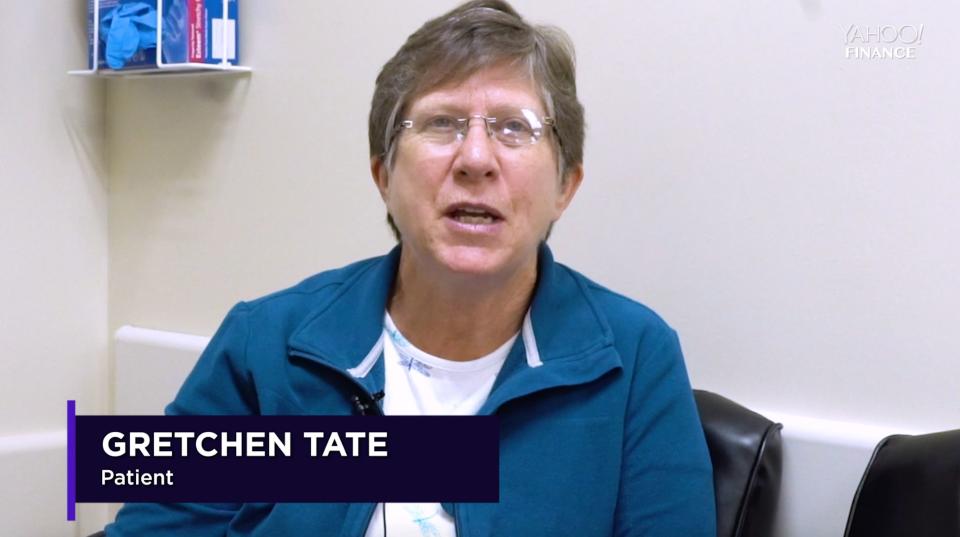
Goel noted that the U.S. already has “a significant primary care shortage in the country. People are estimating up to 40,000 primary care physician shortage by 2030. You can imagine a model that shrinks [the number of patients a doctor sees] by a third or a quarter. We’ll basically magnify that physician shortage by the same multiple.”
That said, he added, the direct primary care model “holds promise” at a time when policymakers describe the health care system as “inefficient” and politicians are proposing major changes to the system.
“It's early,” Goel said. “And I think that as people get more creative with incentives and also building these practices, I think it'll become more of the mainstream.”
Read more information and tips in our Healthcare section
Read more personal finance information, news, and tips on Cashay





